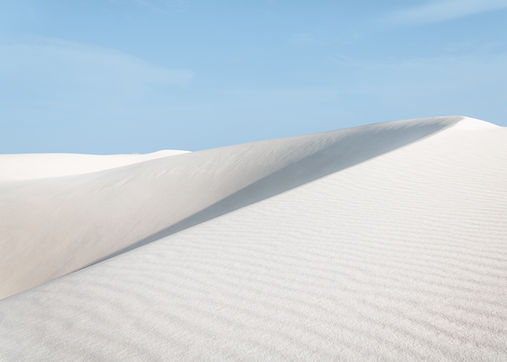SLEEZER'S VIEW OF PAISLEY
The earliest authentic depiction of Paisley can be found in a remarkable book titled “Theatrium Scotiae.” This exquisitely illustrated volume was published in 1693 and featured engravings of Scotland's historic towns, including Glasgow, Melrose, St Andrews, and notably, Paisley. The book was authored by Captain John Sleezer, a gifted Dutch artist who served as a royal engineer in Scotland during the reign of King Charles II. His illustration of Paisley was created around 1680, approximately thirteen years prior to its publication. Sleezer selected Saucel Hill, the highest point near the town's center, as his observation point. His stunning artwork captures a sweeping view of Paisley as it appeared at that time, showcasing the town nestled at the base of rolling hills, where residents could enjoy expansive vistas. A contemporary writer noted that “Paisley benefits from a free flow of air, and the natural slope of the streets facilitates the drainage of rainwater, enhancing the town's cleanliness.” This further underscores the town's reputation for being a healthy place to live! By 1680, Paisley was indeed thriving. Although it had been designated a Burgh as early as 1488, its growth had been modest over the centuries. It remained a quaint rural market town, centered around its medieval streets and the remnants of its abbey. The narrow High Street, the town's main thoroughfare, extended just half a mile and featured a few well-constructed townhouses and mansions, remnants of the monastery's influence and the prominent families of Renfrewshire County. Dominating Sleezer's illustration is the town tower, a proud emblem of the burgh's significance. Rebuilt in 1610 at the intersection of Moss Street and High Street, it stood as a testament to the town's heritage. An ornate new clock, added to the tollhouse in 1647, was a point of admiration for visitors. At that time, Paisley had only one bridge spanning the Cart River, designed by Sleezer as a single-arch structure located to the right of the tollhouse. Before 1490, a bridge existed at this location, linking the abbey to its nearby village of Paisley. The abbey and the village flourished together over the years. In 1586, the bridge was reconstructed, featuring a customs booth for the town, and it became known as the Paisley Bridge. Today, the St. James Bridge stands at the same site, adjacent to the town hall. In earlier times, the Cart River flowed with crystal-clear waters, teeming with salmon and trout. The section of the river above the Hammills was home to freshwater pearls, known as Paisley pearls, which were so exquisite that they were often compared to the finest pearls from the East. The fame of these pearls spread across Europe, with even the renowned French jeweler Tavernier praising them. For those Buddies hoping to strike it rich through pearl fishing, alas, those pearls have long since vanished! To the right of the bridge, Sleezer depicted a cluster of small buildings surrounding the remnants of Paisley Abbey. The abbey's medieval nave still stands, overlooking the area, though the central tower collapsed around 1560. The only tower visible to the left of the abbey is the large gatehouse tower built by Abbot Schaw. The south transept wall remains only as a skeleton, alongside the chapel of St. Mirin. At that time, the medieval nave was the sole church in the town. Traces of what might have been ancient abbey structures can be spotted near the riverbank, including a remnant of the abbey's old boundary wall, constructed by Abbot Schaw in 1485. Sleezer illustrates Causeyside as a row of single-story, but-and-ben cottages extending from the left side of the image toward the tool shed. The roofs of these modest homes were thatched with heather and topped with grass sod. According to a tax imposed by the Scottish Parliament in 1695, known as the Poll Tax Roll, which came just two years after Sleezer's book was published, Paisley was home to 460 houses. 1. The depiction of Sleezer by Paisley underwent multiple republishings and engravings, each iteration adorned with artistic embellishments such as birds soaring in the sky, trees gracing the foreground, and cattle grazing in the fields. This creative liberty flourished over the years. Eventually, one of Paisley's esteemed poets likely found inspiration in the very same location as Sleezer, crafting these evocative lines: The bonnie toun O Paisley,
stands on three hills,
And through them runs the river Cart,
That croaks Seedhill's mill.













Comments